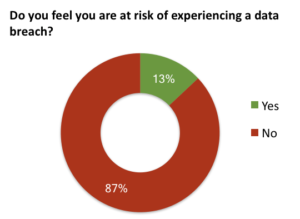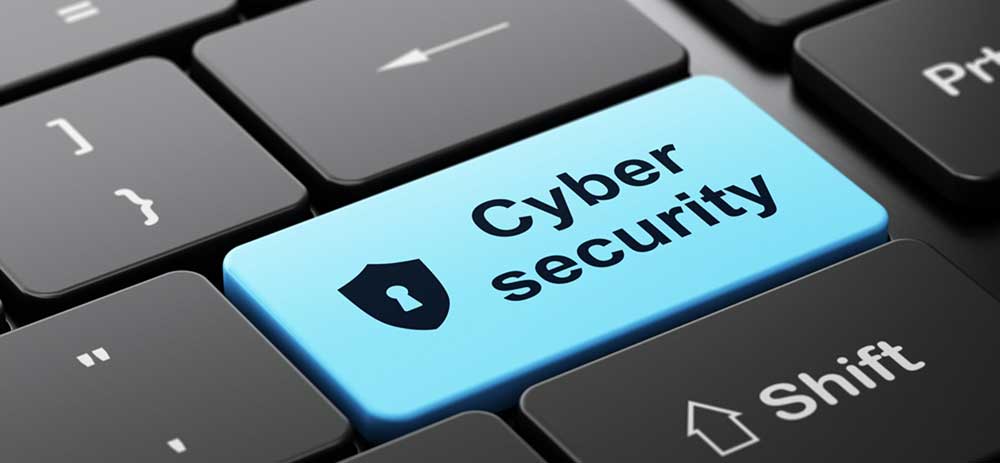
From high-profile retailers like Target and Home Depot to local businesses, organizations are facing the increasing challenge of losing customer data. In some organizations, cyber criminals even take over company systems and demand ransom money to unlock them. Protection against cyber-attacks is no longer just an issue for major corporations, but small businesses (SMB) are at risk of being the newest targets for hackers. However, the threat of an attack may not be on their radar. Busy growing their business, SMBs often lack the technical expertise and necessary funds to fully protect their systems and data. According to CSID’s 2014 SMB survey, 31 percent of small businesses are not taking active measures to protect against security threats.
What is Cybersecurity?
Cybersecurity is the comprehensive effort to protect computers, programs, networks and data from an attack, damage or unauthorized access through technologies, processes, and best practices.
Why is Cybersecurity So Important?

Understanding the detrimental effects of a security breach on their business, large companies are allocating a sizable portion of their IT budget to protect and secure data and systems, making smaller businesses with minimal defense mechanisms an easier target. The consequences of cyber-crime fall into two broad categories: breaches in data security and sabotage. Sabotage can take the form of denial of service attacks, which flood web services with bogus messages, as well as more conventional efforts to disable systems and infrastructure. Whether it is a breach or sabotage the effects of such attacks could result in loss of time and productivity, which cost money, and worst case is the loss of client trust. According to a survey of 1,420 small business owners published by Manta March of 2017, 87% of small business owners don’t feel that they are at risk of experiencing a data breach. Many of these businesses don’t use some of the most common types of protection tools such as: anti-virus software, anti-malware, spam filters, and firewalls.
“Most small-business owners don’t think they’re at risk. As a result, it’s fair to say they are indeed ill-prepared to safeguard against an attack.”
—Bryan Seely, Network Engineer, famous for Hacking into FBI and now teaching online course for Udemy
“Cybersecurity is clearly a concern that the entire business community shares, but it represents an especially pernicious threat to smaller businesses,” the Securities and Exchange Commission wrote in a 2015 report.

What Can I do to Protect My Business?
The first step towards change is awareness. Becoming aware of the real threats of cyber-attacks and learning the basics of Cybersecurity is the first step toward changing the risks of being the target that could cost you time and money.
Practical steps after awareness:
- Install anti-virus, anti-malware and anti-phishing software
- Institute best practices such as:
- Performing regular software updates for all programs
- Performing regular back-ups and keeping them off-site
- Using strong passwords
- Training! Employees can view a self-paced 30-minute video provided by the U.S. Small Business Administration containing an introduction to securing information in a small business
Hire a Managed Services Provider to assess your threats (many offer predictable monthly pricing)

